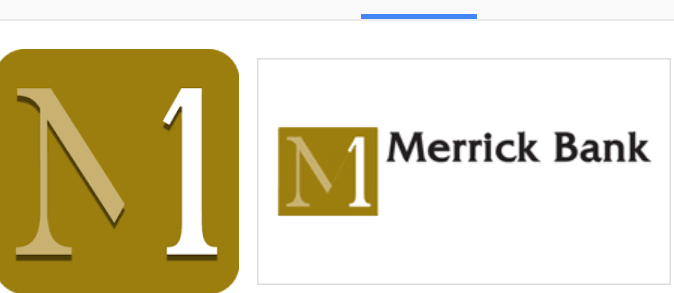It is important that when you are trying to reach customers with a marketing message or ad campaign, to target the right market with the right message, this is where market segmentation comes in.
What is Market Segmentation? Market Segmentation Definition
Market segmentation is the act of targeting a group of people who share one or more common characteristics, clustered together for marketing purposes. Each market segment is unique, and marketers are at liberty to use various criteria to create a target market for their product or service. Marketing professionals on their end approach each segment differently after understanding fully the needs lifestyles, demographics, as well as the personality of the target consumer.
Importance of Market Segmentation
Here is why market segmentation is very necessary:
- Market segmentation helps you define and better understand your target audience and ideal customers.
- With market segmentation, marketers can identify the right market for their products and target their marketing more effectively.
- Publishers can use market segmentation to offer more precise targeted advertising options and to customize their content for various audience groups.
- Market segmentation comes in handy when you want to target your content to the right people in the right way instead of targeting your entire audience with a generic message. This, in turn, helps you increase the chances of people engaging with your ad or content, which results in more efficient campaigns and improved return on investment (ROI)
Types of Market Segmentation
There are four types of market segmentation approaches you can deploy when segmenting your target market.
Geographic Segmentation
Geographic segmentation is aimed at customers depending on a predefined geographic border. Knowing that differences in interests, values, and preferences vary dramatically throughout cities, states, and countries, marketers need to recognize these differences and advertise accordingly.
Demographic Segmentation
Demographic segmentation divides a market using variables like age, gender, education level, family size, occupation, etc. This form of segmentation is the most widely used strategy owing to specific products providing for obvious individual needs linked to at least one demographic element.
Psychographic Segmentation
Psychographic segmentation is centered on the intrinsic traits which your target customer possesses. These traits consist of values, personalities, interests, attitudes, conscious and subconscious motivators, lifestyles, and opinions. To better understand your target customers on this level, methods like focus groups, surveys, interviews, as well as case studies which can prove successful in compiling this type of conclusion is necessary.
Behavioral Segmentation
Behavioral segmentation is centered on specific reactions and the way customers go through their decision making and buying processes. This includes attitudes towards your brand, the way they use it as well as their knowledge base.
How to Segment Your Market
Define your Market
Determine where your brand and product fit within the current market landscape. Determine also if there is a need for the solution you are proposing. Gauge the market to determine how big it is. All these are important questions to consider when starting this step.
Segment your Market
Choose which of the four segmentation methods will be best for you. Note, you can use more than one method to find the perfect mix for your brand.
Understand your Market
Inquire from your customers the questions that relate to the segmentation categories you choose. At this point, you should have a piece of in-depth knowledge about your target market. Here, you can use surveys, focus groups, polls, and more to obtain your answers. You have to ask questions that will offer quantifiable answers.
Build your Customer Segment
Interpret and use the responses you receive to create dynamic segments that are unique to your brand.
Test your Strategy
Make sure you interpret your responses correctly by testing it on the target market.


